Home>Furniture>Bedroom Furniture>How To Construct A Bed Frame Using Pallets


Bedroom Furniture
How To Construct A Bed Frame Using Pallets
Modified: February 25, 2024
Learn how to easily construct a stylish and affordable bed frame for your bedroom using pallets. Discover budget-friendly DIY solutions for bedroom furniture.
(Many of the links in this article redirect to a specific reviewed product. Your purchase of these products through affiliate links helps to generate commission for Storables.com, at no extra cost. Learn more)
Introduction
When it comes to creating a cozy and inviting bedroom, the bed frame plays a vital role in setting the tone and style of the space. A well-constructed bed frame not only provides sturdy support and durability but can also be a statement piece that adds character to your bedroom decor. One popular and innovative approach to building a bed frame is by using pallets, which not only adds a rustic charm but also repurposes materials, making it an eco-friendly option.
In this article, we will guide you through the step-by-step process of constructing a bed frame using pallets. We will walk you through all the necessary materials and tools required, offer valuable tips for creating a sturdy frame, and provide suggestions for optional finishing touches to enhance the aesthetics of your project. Let’s get started on this exciting DIY journey to create your very own unique and sustainable bed frame!
Key Takeaways:
- Create a unique, eco-friendly bed frame using pallets to add character to your bedroom decor while minimizing waste and showcasing your creativity.
- Follow step-by-step guidance to construct a sturdy and comfortable bed frame, ensuring proper measurements, sturdy construction, and optional finishing touches for a personalized look.
Read more: How To Make A Raised Garden Bed With Pallets
Materials Needed
Before diving into the construction process, it’s essential to gather all the necessary materials and tools. Here’s a list of items you’ll need to construct a bed frame using pallets:
- Pallets: Look for sturdy pallets without any severe damage or rot. The number of pallets will depend on the size of your bed frame, typically three to four pallets for a twin or full-size bed, and five to six pallets for a queen or king-size bed.
- Hammer or Mallet: To disassemble and secure the pallets, a hammer or mallet will be useful.
- Screwdriver or Drill: A screwdriver or drill with appropriate bits will be needed for assembly and securing the frame.
- Screws or Nails: Opt for screws as they offer better stability, but nails can also work. Choose ones that are long enough to penetrate through the pallets.
- Saw or Jigsaw: You may need a saw or jigsaw to resize pallets to fit the desired dimensions of your bed frame, depending on the size of the pallets you find.
- Measuring Tape: Accurate measurements are crucial to ensure the proper sizing and alignment of the pallets.
- Sandpaper: To smooth the surfaces and remove any rough edges, sandpaper is essential.
- Optional: Paint, Stain, or Sealant: If you want to add a personal touch or protect the wood, you can use paint, stain, or sealant.
These are the primary materials and tools you’ll need to construct your pallet bed frame. Make sure to gather everything before you begin the project to ensure a smooth and uninterrupted building process.
Step 1: Gather Pallets
The first step in constructing a pallet bed frame is to gather the necessary pallets. Look for pallets that are in good condition, without any significant damage or rot. You can often find pallets for free or at a minimal cost from local businesses, warehouses, or online platforms.
When selecting pallets, keep in mind the size of your desired bed frame. Typically, for a twin or full-size bed, you will need three to four pallets, and for a queen or king-size bed, you will need five to six pallets. Make sure to choose pallets with consistent dimensions to avoid any unevenness in your bed frame.
Inspect the pallets for stability and sturdiness. Avoid using pallets that have broken or loose boards, as they may compromise the integrity of your bed frame. Look for pallets that have solid construction and minimal wear and tear.
It’s also worth considering the appearance of the pallets. If you prefer a more rustic or weathered look, opt for pallets with unique textures and patinas. However, if you prefer a cleaner and smoother finish, look for pallets with minimal imperfections.
Once you have gathered the desired number of pallets, you’re ready to move on to the next step: cleaning and sanding the pallets.
Step 2: Clean and Sand Pallets
Now that you have gathered your pallets, it’s time to clean and sand them. This step is crucial to ensure that your bed frame is free from dirt, splinters, and rough edges.
Start by thoroughly cleaning the pallets. Remove any dirt, debris, or stickers from the surface using a stiff brush or scraping tool. You can also use a mild detergent or cleaning solution to remove stubborn stains. Rinse the pallets with water and allow them to dry completely before moving on to the next step.
Once the pallets are clean and dry, it’s time to sand them. Use sandpaper to smooth the surfaces and edges of the pallets. This will help get rid of any rough patches or splinters, making the wood more comfortable to touch and reducing the risk of snagging your bedding or clothing.
When sanding, pay extra attention to areas that will come into direct contact with your mattress, such as the top surfaces and edges. Sand in the direction of the wood grain to achieve the best results. Start with a medium-grit sandpaper and gradually move to a finer grit for a smoother finish.
After sanding, wipe down the pallets with a clean cloth to remove any residual dust. This will prepare them for the next step: measuring and planning for your bed frame construction.
Remember, cleaning and sanding the pallets not only enhances their appearance but also ensures a safer and more comfortable sleeping experience. Take your time with this step to achieve the best results.
Step 3: Measure and Plan
Before diving into the construction process, it’s vital to measure and plan your bed frame. This step will help you determine the exact dimensions and layout of your pallets, ensuring a well-fitting and stable frame.
Begin by measuring the size of your mattress. This will serve as the basis for determining the dimensions of your bed frame. Take accurate measurements of the length, width, and height of your mattress, allowing some extra room for bedding and pillows.
Next, consider the desired height of your bed frame. Measure the height from the floor to the top of the mattress to determine how high you want your bed to be. Keep in mind your comfort and convenience when getting in and out of bed.
Using these measurements, lay out the pallets on the floor or a large workspace, arranging them in the desired configuration. You can stack the pallets horizontally or vertically, depending on the size and design you prefer. Experiment with different arrangements to find the one that suits your style and space constraints.
If necessary, use a saw or jigsaw to resize the pallets to fit your desired dimensions. Carefully cut through the pallets while ensuring that the boards remain intact and securely attached.
Take note of any additional features or modifications you want to incorporate into your bed frame, such as built-in storage compartments or a headboard. Consider the structural integrity and stability of the pallets when planning these additions.
Once you have measured and planned the layout of your bed frame, you’re ready to move on to the next step: disassembling the pallets (if necessary) and building the frame.
Remember, careful measurement and planning are crucial for a successful bed frame construction. Take the time to plan out every detail to create a well-designed and functional piece of furniture.
Read more: What Is The Best Wood To Use For A Bed Frame
Step 4: Disassemble Pallets (if necessary)
Depending on the layout and design you have planned for your bed frame, you may need to disassemble the pallets. This step allows you to work with individual pallet boards and reconfigure them to fit your desired dimensions and layout more precisely.
To disassemble the pallets, start by flipping them over to access the underside. Look for the nails or screws that hold the pallet boards together. Use a hammer, mallet, or screwdriver to carefully remove the fasteners, taking care not to damage the wood.
If the pallets are joined with nails, you can use a hammer to pry them out from the underside of the pallet. Apply gentle pressure and work along the length of the board to loosen and remove the nails. A claw hammer or a cat’s paw tool can be helpful in this process.
If the pallets are joined with screws, use a screwdriver or drill with the appropriate bit to unscrew and remove the screws. Ensure that you have a compatible bit size to prevent stripping the screw heads.
As you disassemble the pallets, set aside the usable boards for building your bed frame. Inspect each board for any signs of damage or warping. Discard any boards that are severely cracked, broken, or unstable.
Keep in mind that not all pallets may need to be disassembled. If your planned layout allows you to work with the intact pallets, you can skip this step and proceed to the next step of building the frame directly.
Once the pallets are disassembled, and the usable boards have been separated, you’re ready to move on to the next step of constructing your bed frame: building the frame itself.
Remember to exercise caution while disassembling the pallets to avoid any injuries. Use appropriate tools and take your time to remove nails or screws carefully.
When constructing a bed frame using pallets, make sure to sand down any rough edges to prevent splinters and ensure a smooth surface for your mattress.
Step 5: Build the Frame
Now that you have disassembled the pallets (if necessary) and prepared the boards, it’s time to start building the frame of your bed. This exciting step brings your vision to life as you assemble the pallet boards into a sturdy and functional structure.
Begin by laying out the pallet boards according to your planned configuration. Use the measuring tape to ensure that the boards are aligned correctly and that the frame will be the desired size.
Start by attaching the side rails to the headboard and footboard. Position the boards vertically for the headboard and horizontally for the footboard, ensuring that the edges are flush and the corners are square. Use screws or nails to secure the boards in place, making sure to choose an appropriate length to penetrate the wood properly.
Next, add support slats across the frame to provide additional stability and distribute the weight of the mattress evenly. Space the slats evenly and secure them to the side rails using screws or nails. If needed, cut the boards to the appropriate length using a saw or jigsaw.
For added reinforcement, consider attaching a center support beam to prevent the frame from sagging. This is especially important for larger bed sizes. Measure and cut a sturdy pallet board to the appropriate length, and secure it to the center of the frame using screws or nails.
As you construct the frame, periodically check for levelness and adjust as needed. Use a carpenter’s level to ensure that the frame is straight and even. This will help provide a comfortable and stable foundation for your mattress.
Once you have completed assembling the frame, double-check that all screws or nails are tightly secured. Give the frame a gentle shake to make sure it is sturdy and solid.
With the frame built, you’re now ready to move on to the next step: securing the frame to ensure maximum stability and safety.
Remember to exercise caution when working with power tools and sharp objects. Take your time and follow proper safety guidelines to avoid accidents or injuries.
Step 6: Secure the Frame
Securing the frame is a crucial step to ensure the stability and safety of your bed. By properly securing the frame, you can have peace of mind knowing that it will withstand regular use and movement without any issues.
Start by reinforcing the connections between the pallet boards. Check all the screws or nails used to assemble the frame and tighten any that may have loosened during the construction process. This will help maintain the integrity of the frame and avoid any wobbling or shifting.
Next, consider adding corner brackets or metal braces to strengthen the joints of the frame. These brackets can be attached to the inside corners of the headboard and footboard, as well as the side rails. Use screws or nails that are appropriate for the bracket and the thickness of the pallet boards.
If you want extra support, you can also install angle brackets along the sides of the frame. These brackets can be attached where the slats meet the side rails, providing additional reinforcement and preventing sagging.
For added security, consider using wood glue along the joints and edges of the frame. Apply a thin layer of wood glue on the contact surfaces before securing the boards with screws or nails. This will create a stronger bond and increase the overall stability of the frame.
As a final step, check the legs of the bed frame if you have added them. Ensure that they are securely attached to the frame and that they are level. Adjust the legs as needed to keep the frame balanced and prevent uneven weight distribution.
Once you have completed the process of securing the frame, take a moment to test its stability. Give the frame a gentle shake to make sure it is solid and doesn’t wobble. If any issues are detected, make any necessary adjustments or reinforcements.
By properly securing the frame, you’ll create a sturdy and reliable foundation for your mattress, ensuring a comfortable and safe sleep experience.
Next, we will move on to step 7, where we will explore the option of adding additional support to the frame if needed.
Step 7: Add Additional Support (if needed)
While the primary goal of building a bed frame using pallets is to create a sturdy structure, sometimes additional support may be needed, especially for larger or heavier mattresses. Adding extra support can help distribute the weight evenly and prevent any sagging or potential damage to the frame.
If you feel that your bed frame could benefit from additional support, there are a few options you can consider:
- Box Spring: For traditional mattress setups, adding a box spring can provide excellent support. A box spring is a frame with springs or a wooden slat system that sits between the mattress and the bed frame. It helps absorb shock and weight, ensuring proper support for the mattress. Place the box spring on top of the frame and secure it with screws or brackets for added stability.
- Slats: Another option is to add more slats across the frame. If you have fewer slats originally or if you notice any sagging, adding or replacing slats can provide extra support. Secure the slats evenly spaced across the frame, ensuring they are flush with the side rails.
- Plywood Base: For added reinforcement, you can also consider placing a sheet of plywood on top of the frame. Cut the plywood to fit the dimensions of your bed frame and secure it to the slats or side rails using screws. This will create a solid surface for the mattress and prevent sagging.
Choose the option that best suits your needs and the specific requirements of your mattress. Keep in mind that adding extra support may affect the overall height and appearance of your bed frame, so consider these factors during the planning stage.
Once you have added any additional support, double-check that all connections are secure and the frame is balanced. Give the bed frame a gentle test by applying pressure on different areas to ensure it remains stable and supportive.
With the additional support in place, your bed frame is now ready for the final step: finishing and painting (optional).
Read more: How To Use A Bed Frame Without A Box Spring
Step 8: Finish and Paint (optional)
Once you have completed the construction and ensured the stability of your pallet bed frame, you have the option to add a finishing touch by applying paint, stain, or a sealant. This step allows you to customize the appearance of your bed frame and protect the wood from wear and tear.
Before applying any finish, make sure the pallet boards are clean and free of dust. Use a damp cloth or tack cloth to wipe down the surface, ensuring a smooth and clean base for the finish.
If you prefer a natural look, you can opt to leave the pallet boards untreated, allowing the inherent character and texture of the wood to shine through. However, if you want to protect the wood or give it a different aesthetic, here are a few options:
- Paint: Choose a paint color that complements your bedroom decor and apply it to the pallet boards using a brush or a roller. Consider using a primer first to improve adhesion and achieve a more even finish. Multiple coats may be needed depending on the desired level of coverage.
- Stain: Stain enhances the natural beauty of the wood while providing protection. Select a stain color that suits your style preference and follow the instructions on the product for application. Apply the stain with a brush or a cloth, allowing it to penetrate the wood for the recommended duration before wiping away any excess.
- Sealant: If you want to protect the wood and provide a glossy or matte finish, consider applying a clear sealant. This will help prevent scratches, stains, and moisture damage. Choose a sealant appropriate for your wood type and apply it according to the manufacturer’s instructions.
When applying a finish, ensure proper ventilation in your workspace and allow sufficient drying time between coats. Some finishes may require sanding between coats to achieve a smooth and even surface.
Remember that the finish you choose should align with both your personal style and the overall theme of your bedroom. Take your time to achieve the desired result, and don’t hesitate to experiment with different finishes or techniques to create a unique look.
With the finishing touches complete, your pallet bed frame is ready to be paired with a mattress and bedding, transforming your bedroom into a cozy and inviting space!
Congratulations on completing the construction of your own bed frame using pallets. Enjoy the satisfaction of not only creating a functional piece of furniture but also contributing to a sustainable and eco-friendly lifestyle.
Conclusion
Constructing a bed frame using pallets is not only a practical and budget-friendly option but also an opportunity to showcase your creativity and contribute to sustainable living. By repurposing pallets, you can create a unique and charming bed frame that adds character to your bedroom while minimizing waste.
In this article, we guided you through the step-by-step process of building a bed frame using pallets. From gathering the materials and tools to disassembling pallets (if necessary), measuring and planning, building and securing the frame, adding additional support (if needed), and finishing with paint or stain—it’s been an exciting DIY journey.
We emphasized the importance of careful measurement, sturdy construction, and thorough finishing to ensure the stability and durability of your bed frame. By following these steps and incorporating additional support when required, you can create a reliable and comfortable foundation for your mattress.
Additionally, we discussed the option of adding a finish to your bed frame, whether it’s painting, staining, or applying a sealant. This step allows you to personalize the appearance of your bed frame, protect the wood, and align it with your bedroom decor.
Building your own bed frame using pallets not only gives you a sense of accomplishment but also enables you to showcase your creativity and style. It’s an opportunity to create a cozy and inviting space in your bedroom, tailored to your taste.
So, gather your materials, put on your DIY hat, and embark on this rewarding project. Enjoy the process of constructing a bed frame that reflects your individuality, while reducing waste and embracing sustainability.
Now, lay back, relax, and enjoy a well-deserved night’s sleep on your one-of-a-kind pallet bed frame!
Frequently Asked Questions about How To Construct A Bed Frame Using Pallets
Was this page helpful?
At Storables.com, we guarantee accurate and reliable information. Our content, validated by Expert Board Contributors, is crafted following stringent Editorial Policies. We're committed to providing you with well-researched, expert-backed insights for all your informational needs.
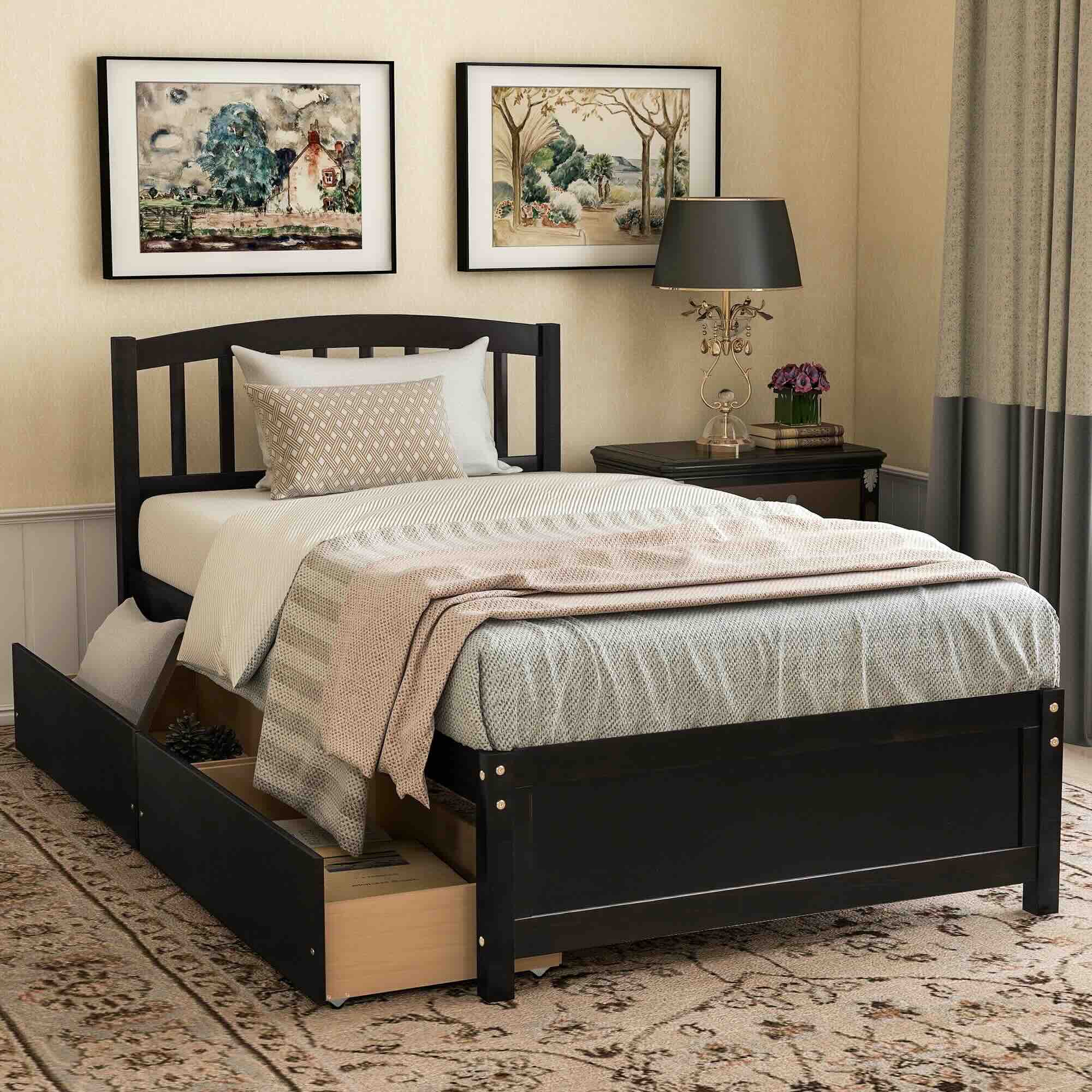
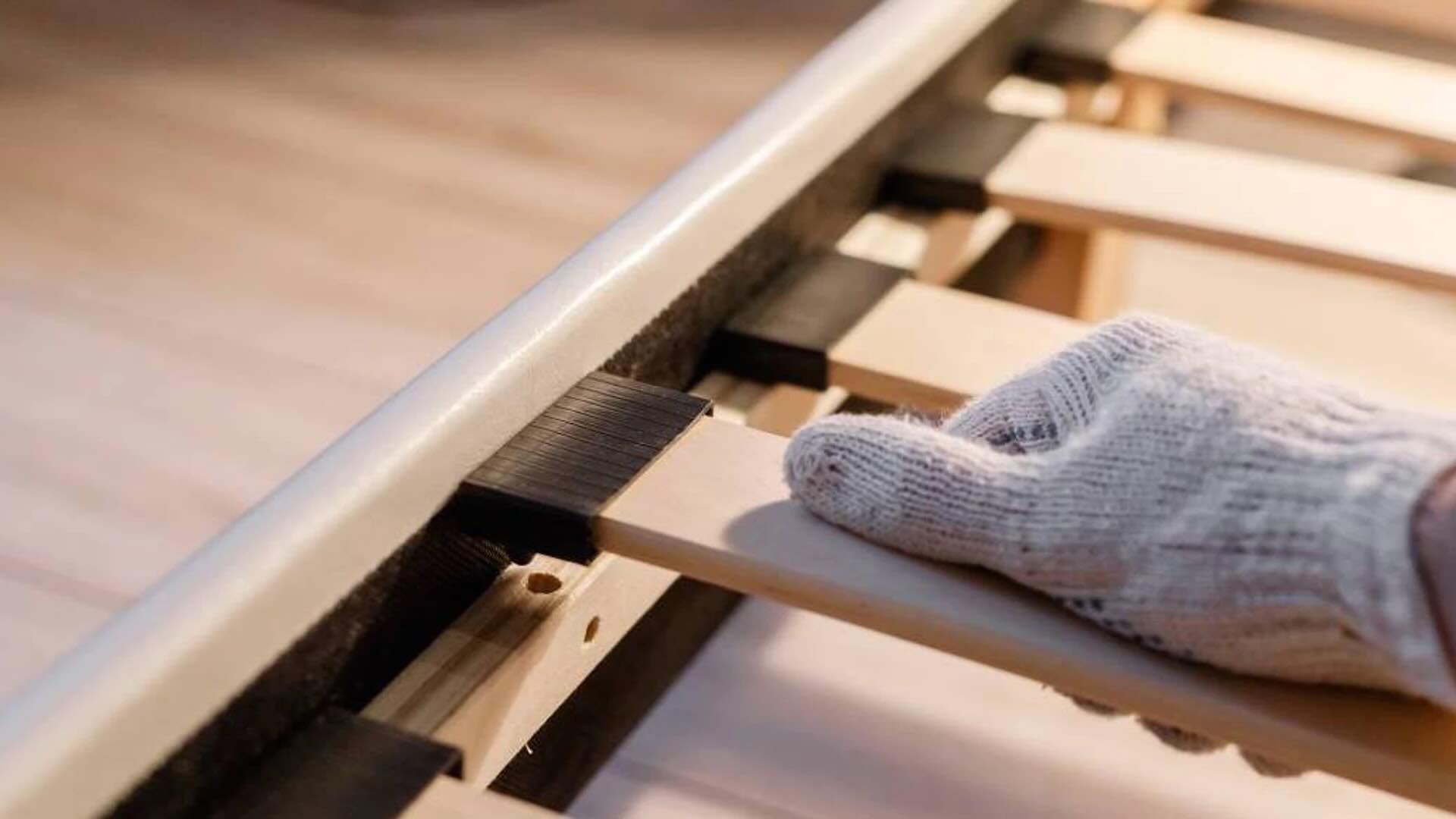
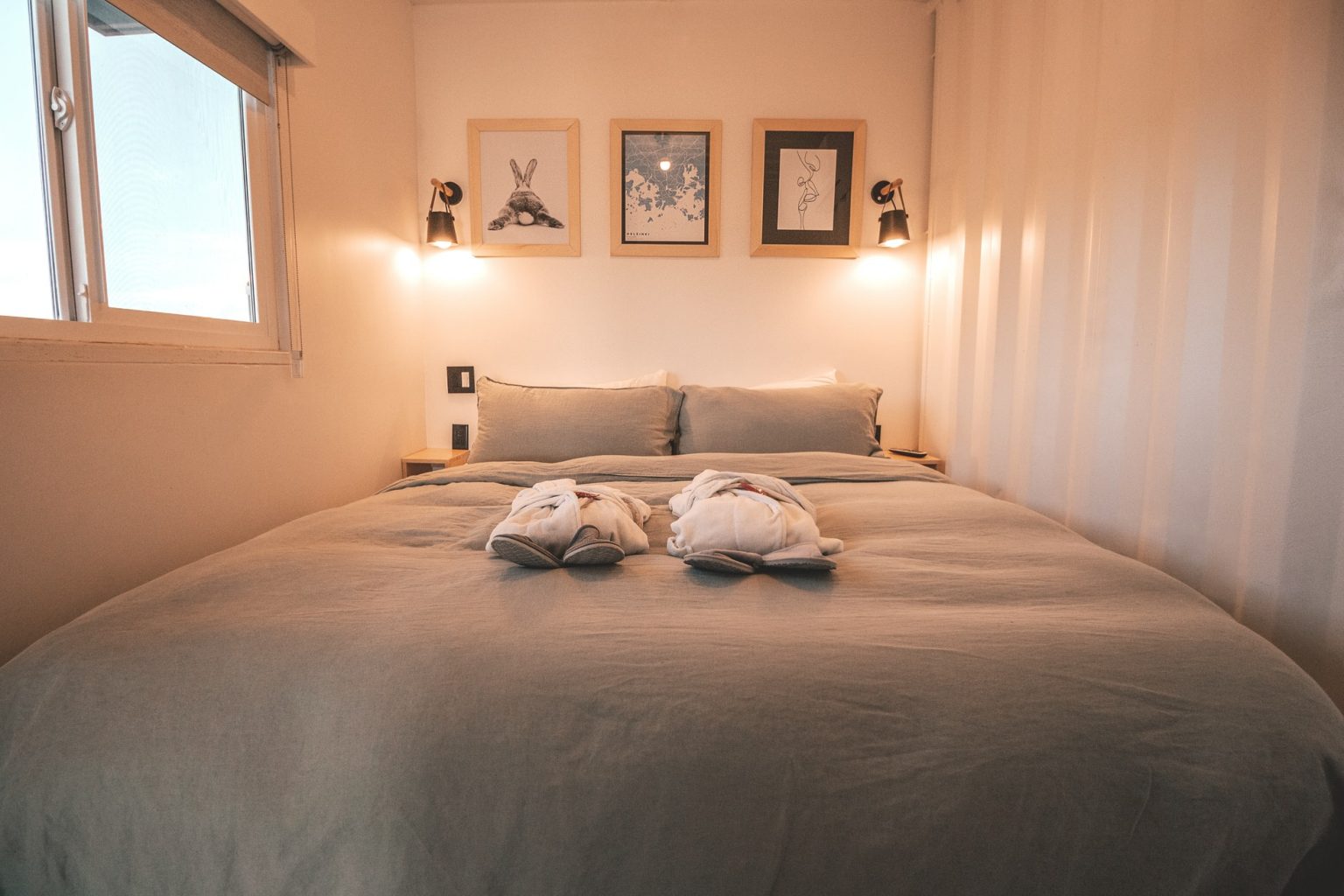
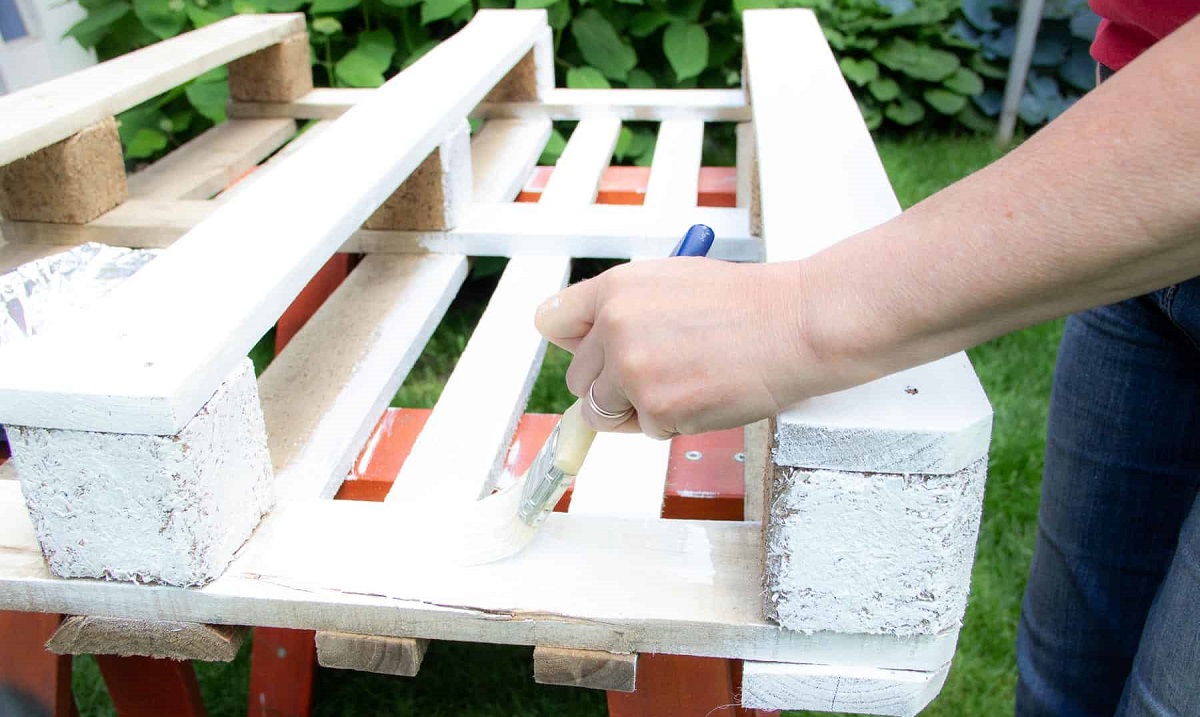
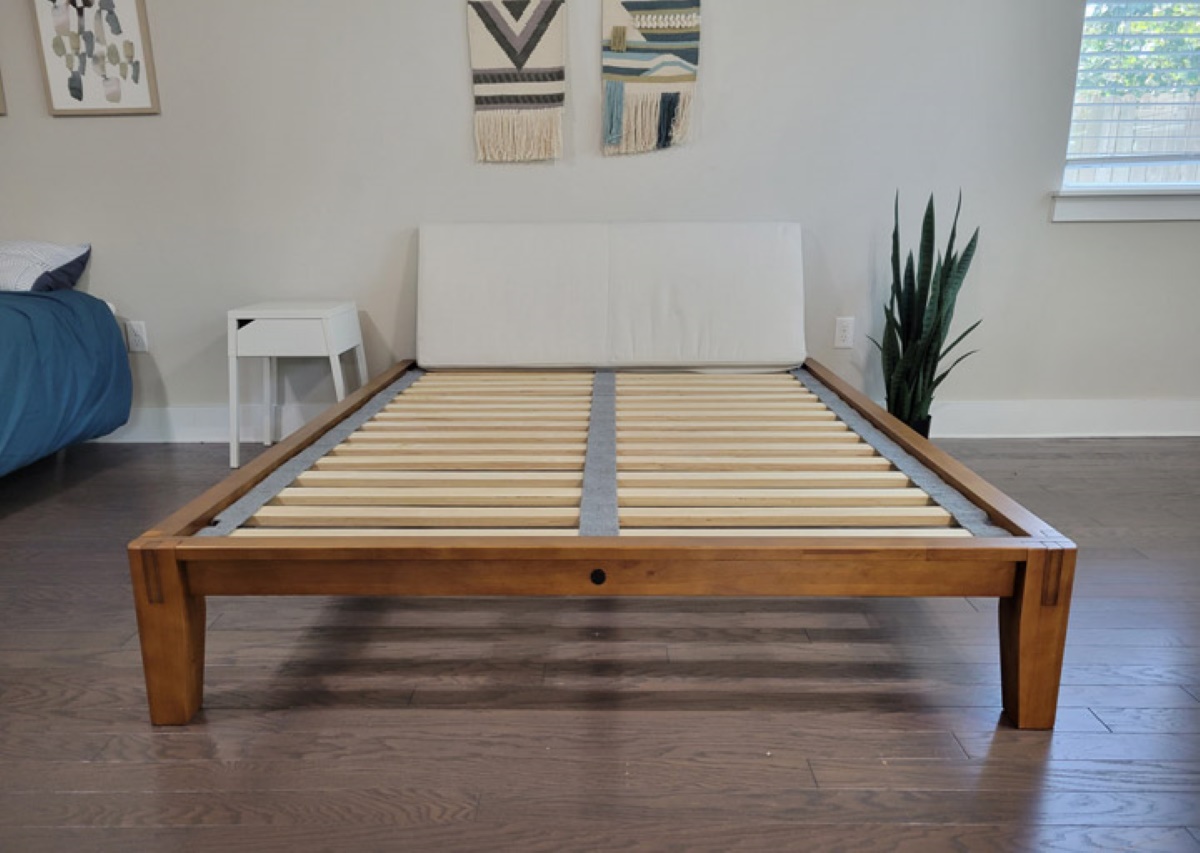
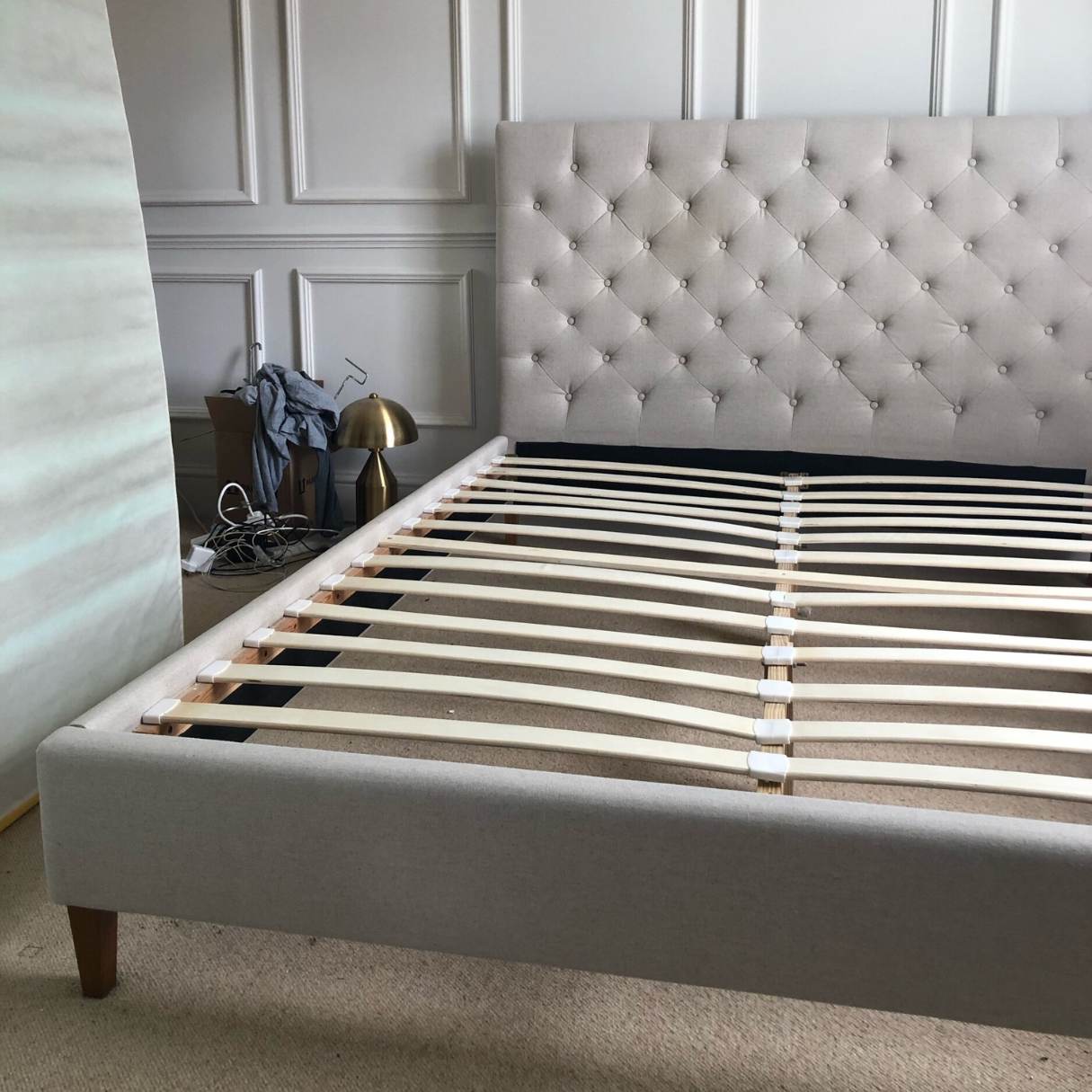
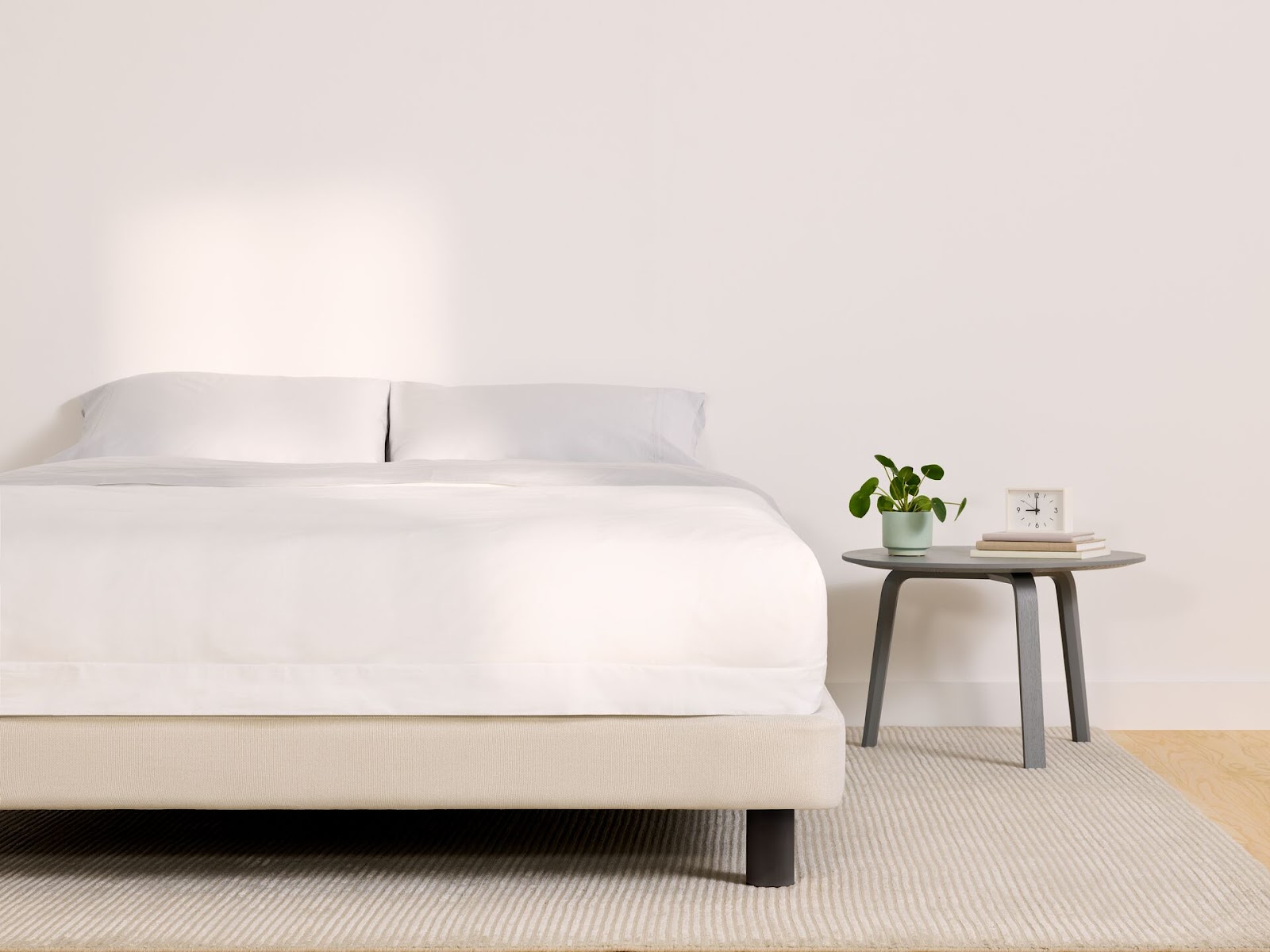
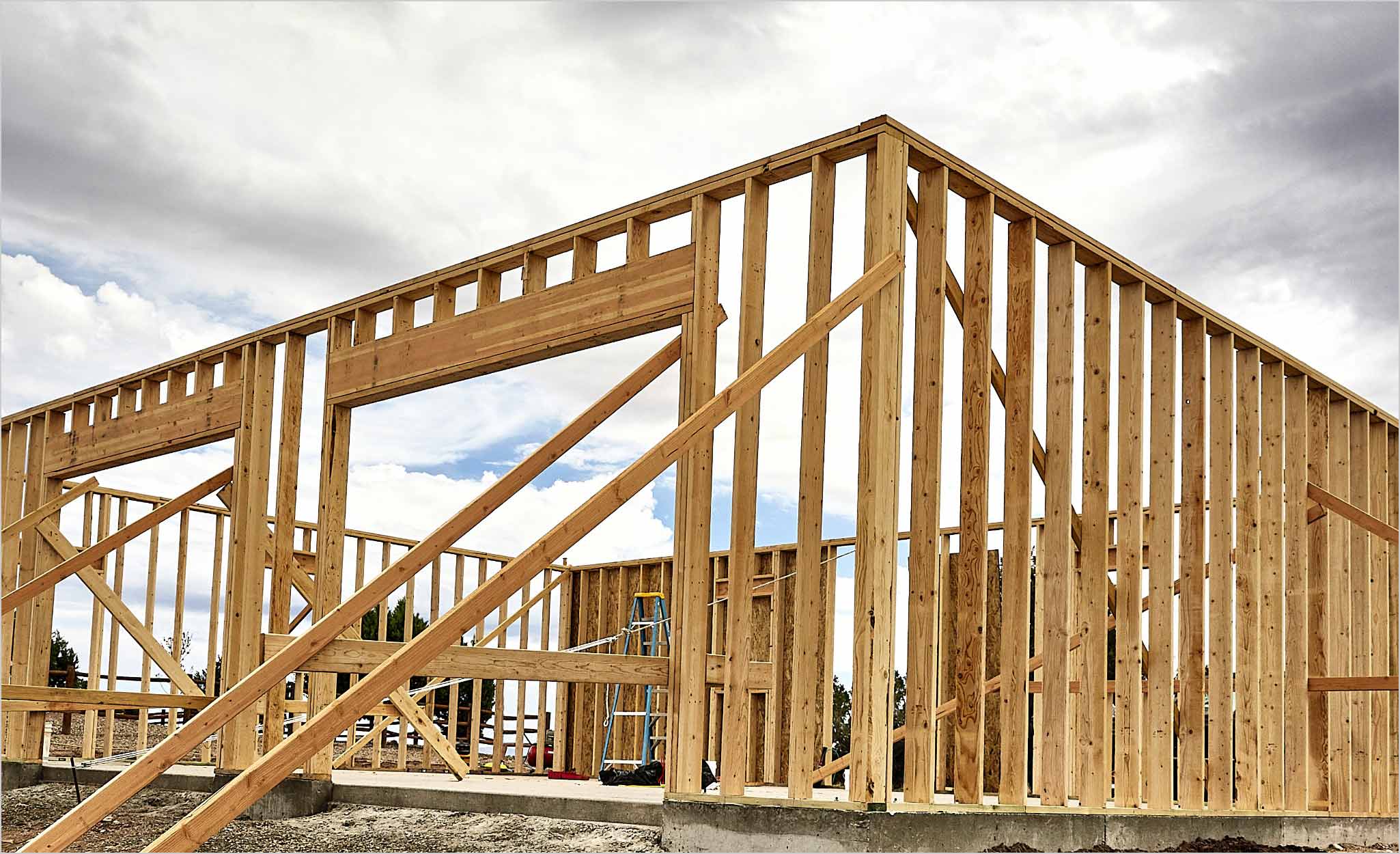
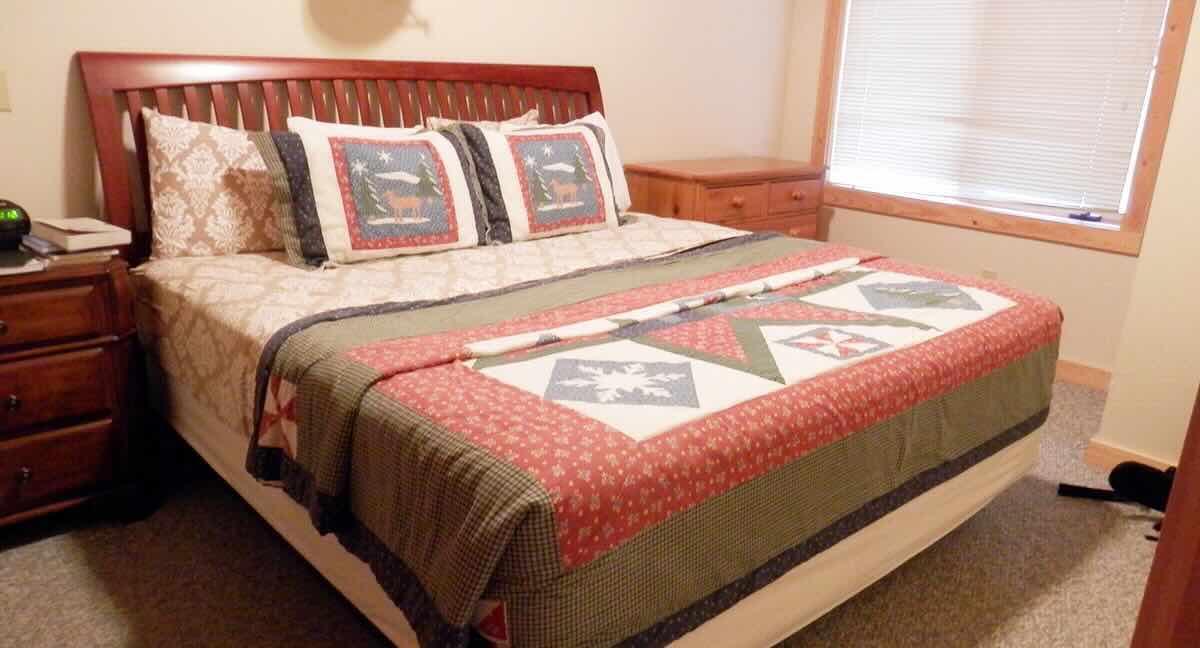
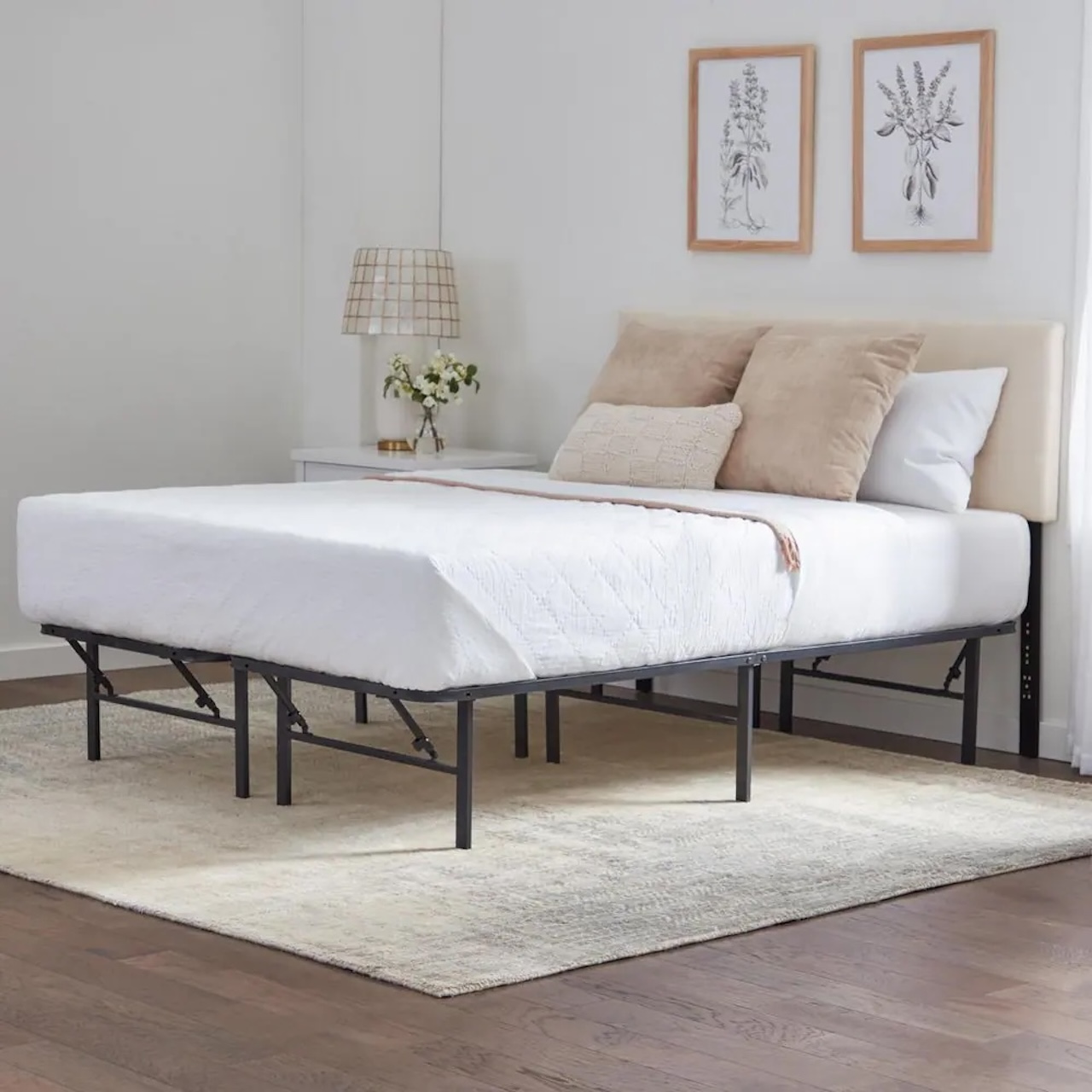
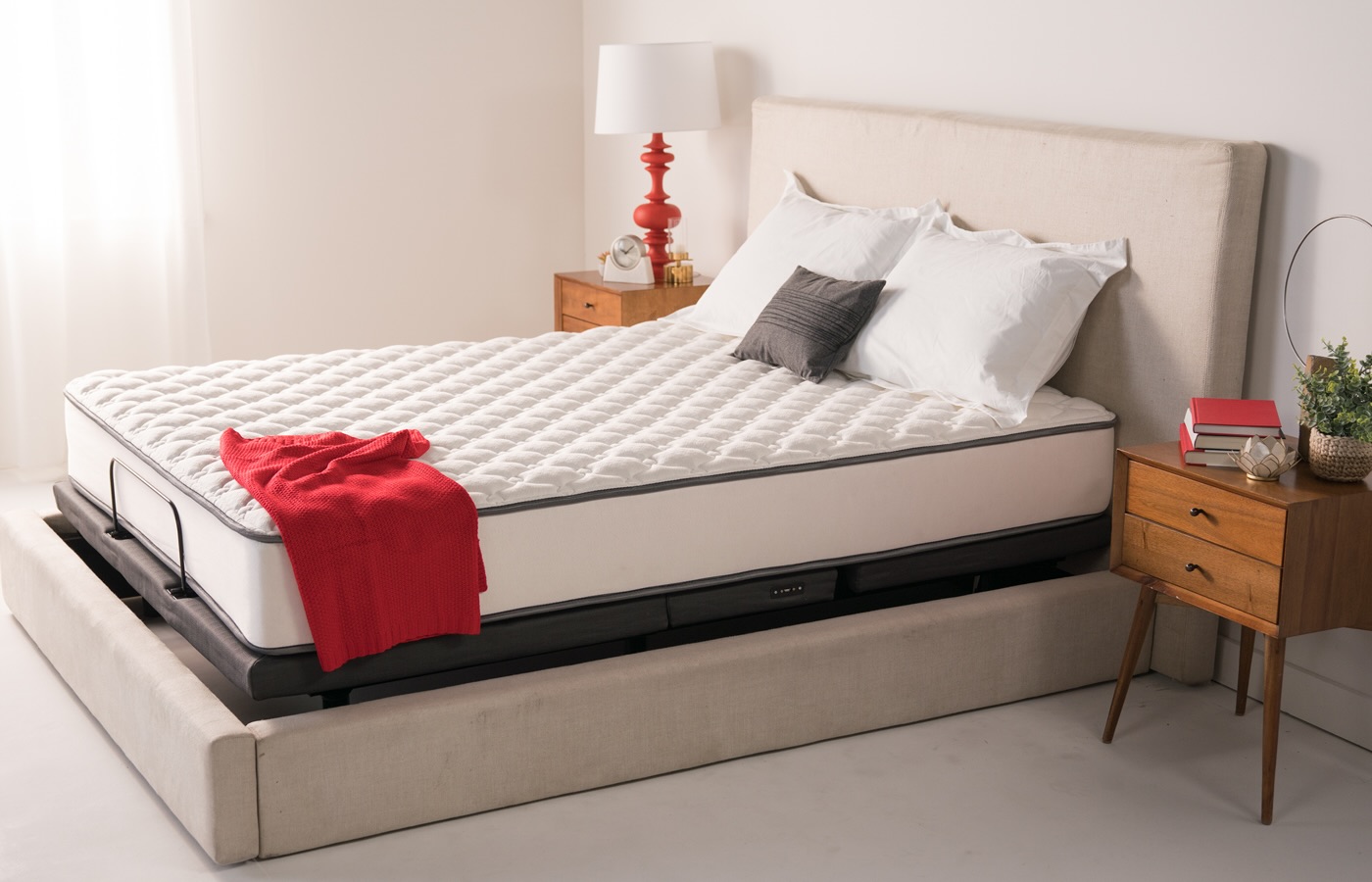
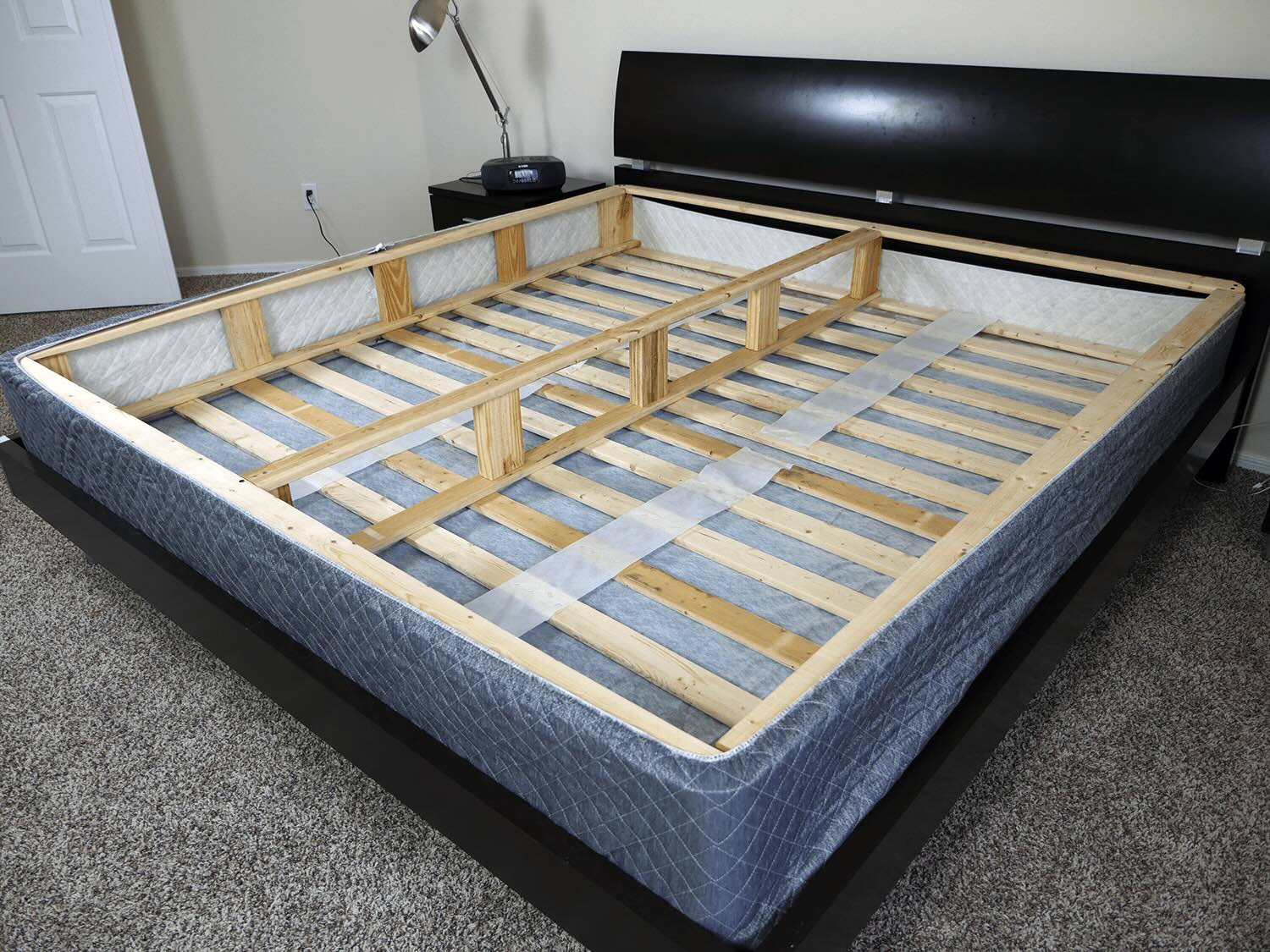
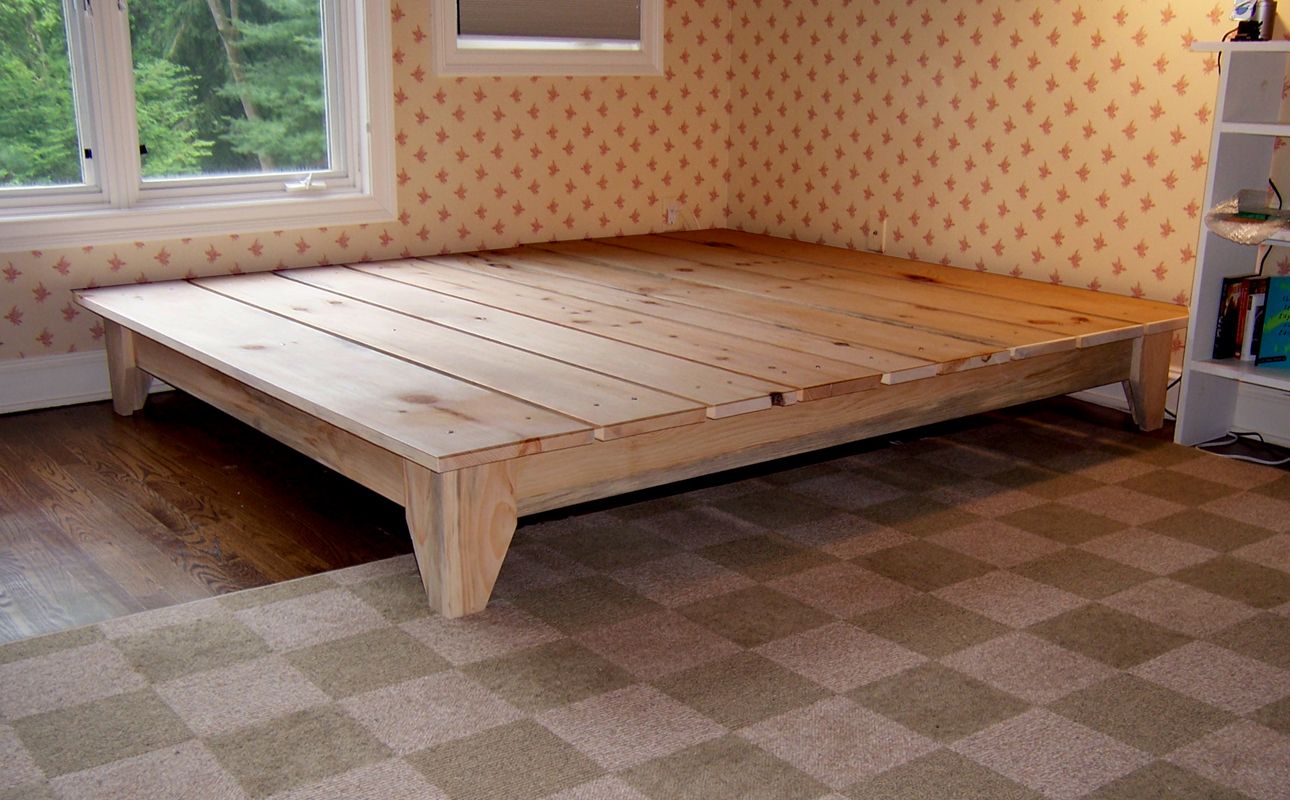

0 thoughts on “How To Construct A Bed Frame Using Pallets”